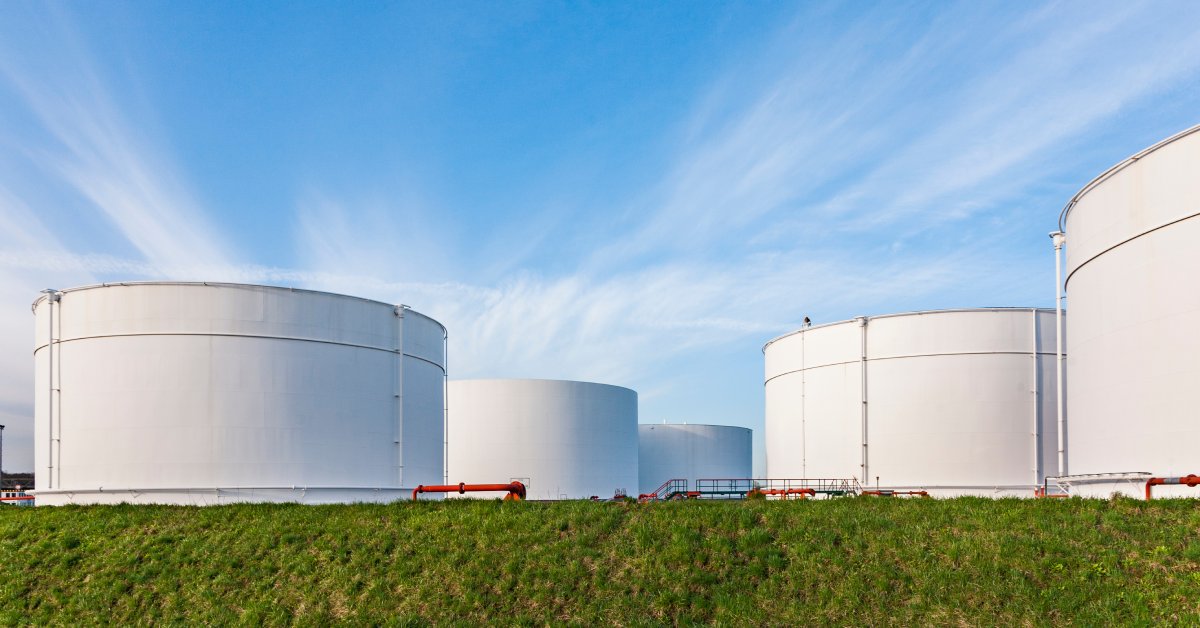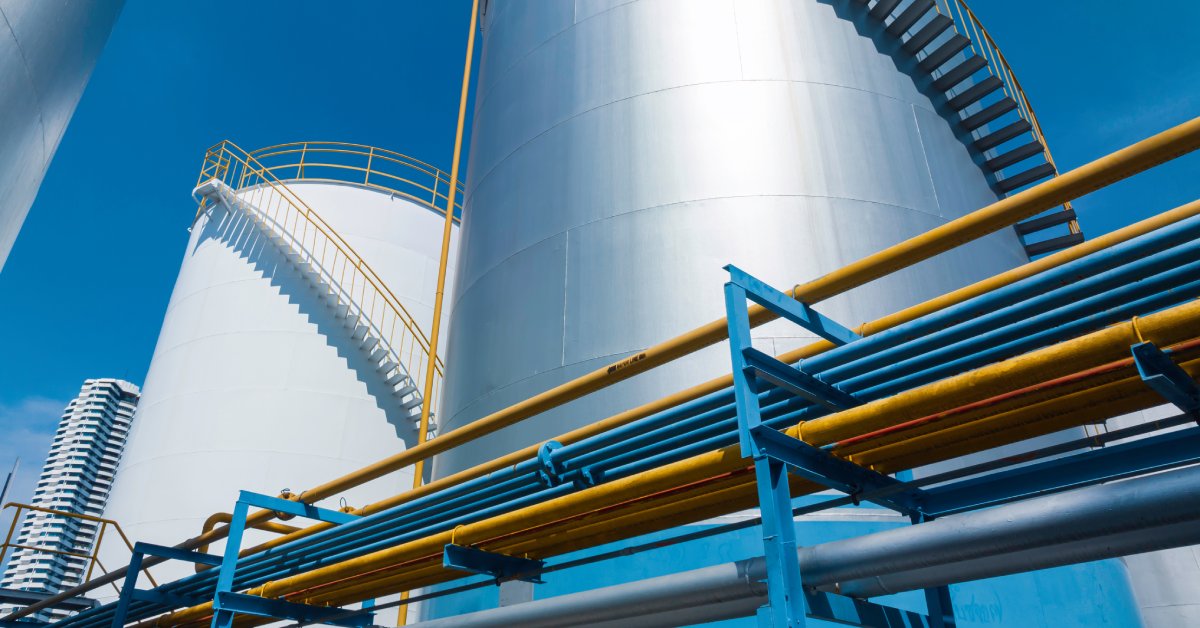
Maintaining safety and preventing contamination are top priorities in industries that handle hazardous materials. Secondary containment liners protect the environment and ensure operations comply with regulations. By providing an additional defense layer, they mitigate risks and safeguard both people and the surrounding ecosystem. If your operations involve potential spills or leaks, secondary containment liners are crucial.
They Contain Spills Effectively
Secondary containment liners serve as robust physical barriers designed to trap spills or leaks within a designated area. By swiftly containing hazardous substances, these liners prevent the spread of contamination into the surrounding soil, water systems, and nearby properties. This containment helps avoid widespread environmental damage and makes cleanup efforts focused and manageable.
They Comply With Environmental Regulations
Industries today face increasingly strict environmental laws and regulations aimed at preventing spills and minimizing their impact. Secondary containment liners simplify compliance by addressing the core requirements of spill containment. By implementing these systems, businesses can reduce the risk of regulatory fines, legal actions, and reputational damage, all while promoting safer, more environmentally conscious operations.
They Protect Groundwater and Soil Quality
Leaks from storage tanks, pipelines, or industrial operations can pose serious threats to soil health and groundwater resources. When toxic substances penetrate the earth, they can cause long-lasting environmental damage and harm local ecosystems. Secondary containment liners provide effective barriers that prevent hazardous chemicals from seeping into the ground, safeguarding vital environmental assets and ensuring the area’s long-term sustainability.

They Minimize Environmental Liability
Environmental spills can have costly consequences, including expensive cleanup operations, lawsuits, and damage to a company’s reputation. When you implement secondary containment liners as part of a spill prevention strategy, you can significantly reduce the likelihood of such incidents. This proactive approach not only minimizes financial risk but also demonstrates a commitment to responsible environmental stewardship.
They Enhance Workplace Safety
Handling hazardous materials comes with inherent risks, especially for workers. Secondary containment systems reduce accidental exposure by effectively containing spills and leaks and keeping harmful substances away from the workforce. This containment improves workplace safety, reduces injury rates, and fosters a healthier, more secure environment for employees to perform their duties.
They Adapt to Various Industrial Applications
Secondary containment liners are highly versatile; you can tailor them to suit a wide range of industries, including oil and gas, chemical manufacturing, agriculture, and wastewater treatment. These liners can meet specific operational needs, making them ideal solutions for diverse industrial scenarios, such as for storage tanks, chemical processing facilities, or agricultural runoff.
They Prevent Costly Cleanup Operations
Cleaning up spills is not only expensive but also time-intensive, and it often requires specialized teams and equipment. Secondary containment liners drastically reduce the risk of spills, minimizing the need for costly remediation efforts. This proactive measure ensures business continuity and preserves valuable resources.
They Prolong Storage Tank Integrity
Leaks from storage tanks can cause significant damage to the surrounding area, harm the environment, and compromise the tanks themselves, often resulting in costly repairs or replacements. A secondary containment liner acts as an additional defense mechanism by creating a protective barrier between the tanks and external environmental factors.
These liners not only contain leaks before they cause harm but also minimize the impact of corrosive substances or weather-related wear and tear on the tanks. By reducing the risk of external and internal damage, secondary containment systems extend the lifespan of storage systems and ensure the safe containment of hazardous or valuable materials, saving businesses money in the long run.
They Support Sustainable Practices
Investing in secondary containment systems reflects a company’s commitment to sustainability and environmental stewardship. These systems prevent spills and contamination that could harm ecosystems, pollute water sources, and degrade soil quality. Taking a proactive approach reduces a company’s environmental footprint, builds trust and loyalty with environmentally conscious consumers and partners, and paves the way for a greener future.
They Cater to Custom Requirements
Every operation is different, and a one-size-fits-all approach rarely works for containment solutions. Secondary containment liners offer exceptional versatility, and you can customize them to meet your operational requirements.
These liners accommodate the unique demands of various industries by coming in different sizes, thicknesses, material compositions, and chemical resistances. They can handle anything from small-scale operations involving nonhazardous materials to large-scale facilities storing highly corrosive substances. This flexibility ensures that the containment solution delivers peak performance and reliability, regardless of the scale or complexity of the application.
They Mitigate Risks During Transport
Transporting hazardous materials poses a unique set of challenges, and the risk of leaks and spills is a constant concern. Secondary containment liners provide an extra layer of safety during transport by serving as temporary containment systems that minimize the risk of spills en route. They are particularly beneficial for industries that frequently handle sensitive or hazardous substances, as they ensure compliance with strict transport safety regulations.

They Work Seamlessly With Detection Systems
Modern technology has made it possible to enhance containment solutions with advanced monitoring capabilities. Many secondary containment liners are easy to integrate with real-time leak detection systems, providing businesses with constant oversight of their containment setup.
These detection systems send early warning alerts in the event of a breach, enabling rapid response to prevent spills from escalating. This integration allows companies to stay ahead of potential risks, improving their ability to maintain safety and compliance.
They Offer Longevity and Performance
High-quality secondary containment liners can endure harsh conditions and demanding environments. Engineered to withstand chemical exposure, UV radiation, harsh weather, and temperature fluctuations, these liners provide long-term durability and reliability. They can handle the rigors of industrial use while maintaining their structural integrity and resistance to wear, making them cost-effective, low-maintenance, sustainable solutions. By investing in liners with exceptional longevity and performance, companies can reduce the frequency of replacements and repairs, lowering overall costs while ensuring consistent protection.
They Demonstrate a Commitment to Responsibility
Implementing secondary containment systems sends a powerful message about a company’s values and priorities. It demonstrates a clear commitment to safety, environmental protection, and operational excellence. Proactively managing hazardous substances and mitigating risks makes it easy for businesses to show that they’re protecting employees and their surrounding communities.
This level of responsibility enhances a company’s reputation and strengthens relationships with stakeholders, customers, and regulatory bodies. Additionally, it positions the business as a forward-thinking, trustworthy partner in its industry, fostering goodwill and long-term success.
Secondary containment liners are crucial in modern spill prevention strategies. They protect the environment, comply with regulations, and enhance safety standards across various industries. By incorporating spill containment liners from Royal Liner into your operations, you can reduce risks and reinforce your commitment to responsible practices. Investing in reliable containment is a smart step toward sustainable operations.
